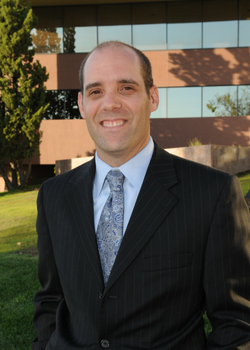In honor of Tu B’Shevat, I returned to tractate Rosh Hashana of the Talmud. On page 14a and b, the Rabbis discuss the New Year of the Trees and deliberate whether the date is the 1st of Shevat or the 15th of Shevat for the New Year. Amongst the discussion is a conversation about when the majority of rainfall had concluded, as thus the time in which much of the development of the new fruits of tree would have been concluded. This type of detailed conversation about the working of agriculture can be found in many places in Talmud. The Rabbis’ knowledge of the natural cycle of the year of rainfall and the passing of the seasons is humbling.
The purpose for the Rabbis’ discussion is to determine which portion of a harvest falls in a new year ¬- not for the sake of being overly obsessed with details, but rather to ensure that, that which belongs in its rightful place in expressing gratitude to God, is in fact in its proper place. In other words, the natural cycle of the seasons enables for our sustenance. And a part of that sustenance is our statement of gratitude to God for giving us the ability to feed ourselves, and gratitude to God for providing a miraculous place in which to do so. The magnitude of this act of thanking God by taking a portion of a crop to offer back to God, is so critical to the Rabbi that the finest detail of knowing how a crop grows, reaches maturity, and based on which water from which time of the year, is an essential calculation to resolve. So the question of the Rabbis, as to whether the New Year of the Trees begins on the 1st of Shevat or the 15th of Shevat has the urgency of our ongoing relationship to God.
What strikes me here is the Rabbis’ deep understanding of the harvest and their understanding of the interdependency between Mankind and Nature. How many of us are equally connected to our surroundings? How many of us are fully aware of the cause and effect of our decisions and actions on the environment? How many of us are conscious enough to know where our food comes from, in which season it grew and pause for a moment of gratitude for our food?
In this week’s Torah Portion we read of the unfolding process of the creation of Israel as a Nation, the sense of Commandedness Moshe works to establish through a judicial system, and the Covenantal Relationship that unfolds as Torah is revealed to Israel. The process of creation parallels that of creation of mankind, where at the root of the creative process is the process from Creation itself - God forming Man from earth and breathing life into Man - to Commandedness - God prohibiting Man from eating of the Fruit of the Tree of Knowledge - to Covenant, where the rainbow becomes a sign to remind Mankind that God will not destroy life, but too, that Man is responsible for his actions, including stewarding the land.
Developmentally, this Creation process is that of us as individuals as well. We evolve from one who is merely created and fully dependent upon others, to one who is commanded, or directed by others (parents, teachers, other adults) and finally, if fully individuated, a fully individual living in a covenantal relationship guided by commitment and care, love and obligation.
It is through all of these contexts of development, individual, national, and global that I return to Tu B’shvat. In many ways Tu B’shvat is Judaism’s version of Earth Day. And on this Tu B’shvat we can spend hours reading and investigating all that we as a species are doing to destroy our world: whether it is the conglomeration of plastics and garbage in our oceans, the potential release of methane from the Arctic, the continuing denigration of rain forests, and the many examples that make Global Warming so hard to dismiss. But on this Tu B’shvat, I want to challenge us all to not despair over the magnitude of the issues and concerns facing our natural world, because it is truly overwhelming. Instead I want to share with you one challenge that we face: a plea for the bees and offer you one of the most beautiful displays of natural beauty that I have ever seen. I share this with you to challenge you, and me, each of us, to better understand our interdependency with nature as the Rabbis understood it, and to implore you to do one thing this week to interact with the environment in a way in which you do not normally. Perhaps sit and watch the snow fall, or watch the wind lift a bird into the sky, or if you are as lucky as some of us on the West Coast, look upon the ocean until you’ve seen a pod of dolphins pass by. Or perhaps grow a meadow (even if potted).
Happy New Year to the Trees and Shabbat Shalom!

